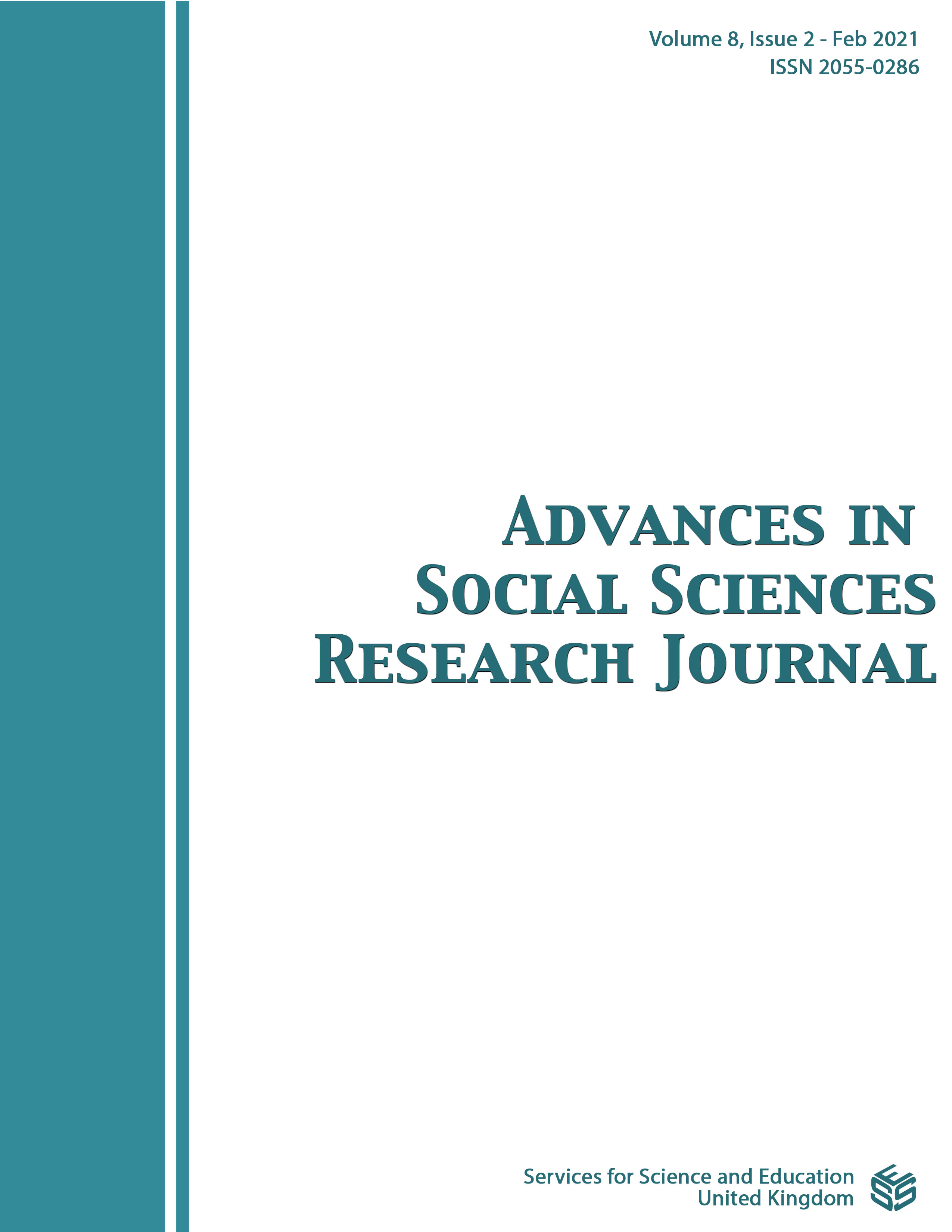Reflection on Covid 19 Educational Contexts, Pedagogy of Hope, Self-efficacy and Effort: University of Eswatini
DOI:
https://doi.org/10.14738/assrj.82.9617Keywords:
cOVID 19, Educational contexts, HopeAbstract
Abstract
Towards the end of 2019 the world experienced the Coronavirus disease (Covid 19) pandemic which affected operations of education systems. This reflective study examines how a lecturer and students built hope and self-efficacy under Covid 19 educational contexts. Self-efficacy–hopeful thinking model and Bernstein Framework were used in this study. The sample consisted of 515 students and 1 lecturer and it was sampled through purposeful stratified sampling. Data was collected through the lecturer’s self-reflection on his ability to build hope, self-efficacy to meet academic demands. The lecturer also observed students’ behaviours. The data was analysed through content analysis. Findings indicated that Covid 19 educational contexts mediated on students’ levels of hope, acadmic investment and created false impression that University academic year had been lost. Some students developed low level of self-efficacy belief which forced them to approach educational problems without conviction and hopeful thinking. The findings indicated that lecturer’s behaviour towards students contributed to the improvement of a high sense of self-efficacy belief and effort investment in their work. The lecturer maintained hopefullness and confidence among students. The study concluded that educational processes under the uncertainties of Covid 19 were paradigm shift for the lecturer and students’ academic life. It provided opportunities to transform and reconstruct pedagogical discourses in relation to Covid 19 educational contexts. It may be recommended that lecturers and others within institutions may be urged to reflect on Covid 19 educational challenges and embrace them rather than avoid them.
Key words: Covid 19, Hope, Self-efficacy, Effort, Empathy
Downloads
Published
How to Cite
Issue
Section
License
Authors wishing to include figures, tables, or text passages that have already been published elsewhere are required to obtain permission from the copyright owner(s) for both the print and online format and to include evidence that such permission has been granted when submitting their papers. Any material received without such evidence will be assumed to originate from the authors.






